How one risk manager has brought HR under his control to help address talent and people-related risks
Danny Lin is an experienced risk manager who has been with Taiwan-based tech firm Qisda for nearly 20 years. However, in more recent years, he has also assumed HR duties at the organisation.
Today, he is vice president, chief human resource, sustainability and risk officer, in charge of the group’s human resource planning, risk management, and sustainability governance and development.
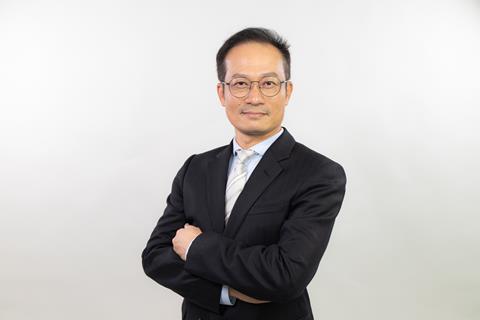
Such a multifaceted role, including HR and risk, has the potential to become increasingly common for risk managers, with people risk now becoming one of the key challenges facing corporations in various fields.
Even if risk managers do not assume a formal HR role, increasingly working with HR to solve the talent crisis seems likely for many risk managers.
The value of role switching
At Qisda, HR and risk management remain two independent functional units and have not been formally merged. However, Lin said what connects the two is a deep understanding of talent risk.
“Since 2017, Qisda has implemented a manager rotation system. The core aim of this system is to promote employees’ diverse development, allowing them to accumulate experience in different roles and thereby enhance their understanding of the overall operation of the enterprise,” said Lin.
“Talent risk is one of the company’s top three risks. I’ve always hoped to lead HR in a new direction through my expertise in risk management.”
Lin said that moving into HR has enabled him to adapt to a new system, with the role switch giving him the opportunity to “turn over a new leaf” within the same organisation.
Applying risk management to HR
“I applied risk management thinking to HR in various ways. Firstly, I categorised work tasks by importance and classification. In terms of project management, I evaluate projects, dividing them into urgency and importance, then list key items, create a schedule, make action plans, and control them,” said Lin.
“In terms of excellence and innovation, I do not assume that the current process is the best. I always aim to break through with innovation, process reengineering, and optimisation. Embrace the spirit of ‘there is no best, only better,’ and ensure all innovations and process improvements comply with regulations.”
“In order to remain competitive in a rapidly changing environment, we must continually break down barriers between departments”
Lin said he also focused on maximising resource sharing, leveraging large-scale resources to support smaller ones, and giving full attention to the benefits of resource sharing.
“This kind of job rotation not only helps with talent development, but also makes the organisation more resilient in risk management, allowing it to identify potential talent risks more keenly and take preventive measures more quickly.
“In order to remain competitive in a rapidly changing environment, we must continually break down barriers between departments and cultivate management talent with a cross-disciplinary vision. This cross-functional integration is not a formal consolidation, but a shift in mindset, allowing risk management and human resources management to blend into the operations of the organisation naturally.”
Fixing talent-related risks
Lin said that after transitioning to human resources, he was able to integrate the risk management system framework with frontline operations in HR, which not only fosters deep integration between the two fields but also results in performance improvements.
“In the past, risk management focused on establishing regulations and preventive mechanisms. After delving into HR functions, it became clear that core HR functions such as organisational design, talent development, and performance management can actually enhance the effectiveness of risk management,” said Lin.
“For example, by designing organisational structures through International Position Evaluation (IPE), the company can respond more flexibly to market changes, reduce risks caused by structural rigidity, and align suitable talent with the right positions based on job benchmarks, thus reducing the risks of talent mobility.”
“The practical operations on HR’s frontlines provide a wealth of personnel-related data and insights, which are critical to risk management.”
Lin said that in talent development, establishing clear succession plans and rotation systems can reduce the risk of disruptions in key positions due to personnel changes.
“In performance management, HR can design risk-aware evaluation metrics to incorporate risk management into daily operations, thereby enhancing the overall risk prevention and control capabilities of the organisation,” he said.
“The practical operations on HR’s frontlines provide a wealth of personnel-related data and insights, which are critical to risk management. For instance, by analysing employee satisfaction, turnover rates, and training effectiveness, potential talent risks can be identified early, allowing for quick adjustments.”
Major challenges in talent risk
Lin said the group is transitioning from a traditional ICT model to a large fleet-style diversified business structure, which not only requires attracting and retaining more high-quality talent but also ensuring the diversity and adaptability of the talent structure to support the development needs of each business unit.
“The shortage of both the quantity and quality of talent is one of the main challenges we are facing. As the group expands its business scope, especially in areas such as technological innovation and digital transformation, we require more specialised skilled talent. However, the supply of talent in these specialised fields has remained tight, particularly in cutting-edge technologies such as digitalisation, data analytics, and artificial intelligence,” said Lin.
“The shortage of both the quantity and quality of talent is one of the main challenges we are facing.”
“To address this issue, in addition to strengthening recruitment, we are also actively investing in the development of internal talent and promoting skill upgrades for our employees. This is not only a necessary measure to increase talent supply but also a key to improving talent quality. We are also making efforts to strengthen our presence on campuses and signing MOU agreements with universities to enhance industry-academia collaboration.”
Lin said the organisation conducted a comprehensive review and positioning of the HR system, key functions, and tasks.
“Within the organisation, HR was repositioned as a strategic unit. We aimed to transform HR 2.0, the traditional human resource management model, into HR 3.0, which focuses on talent capital value. HR transitioned from a support unit to a strategic partner, viewing talent as an asset rather than a cost,” he added.


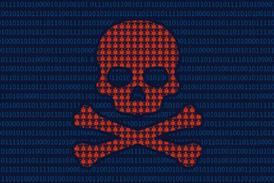

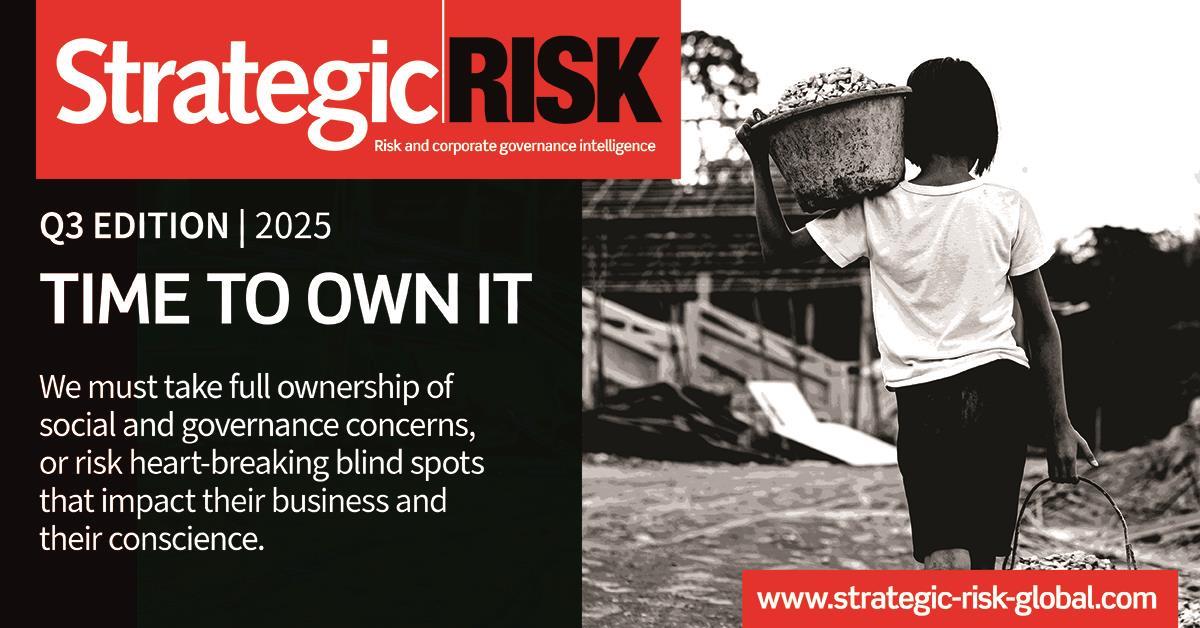
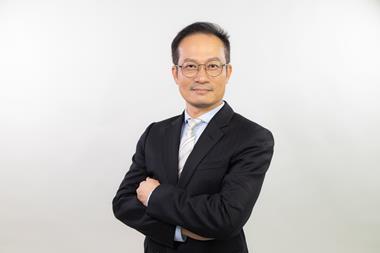


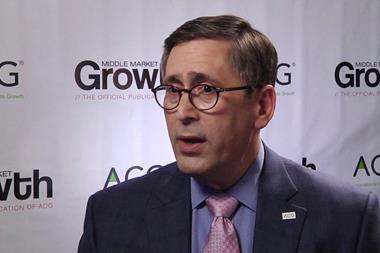
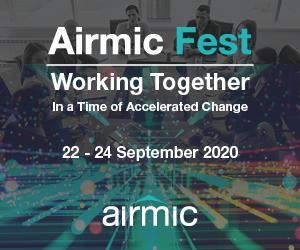

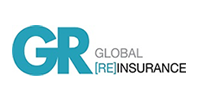
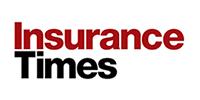
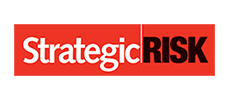
No comments yet